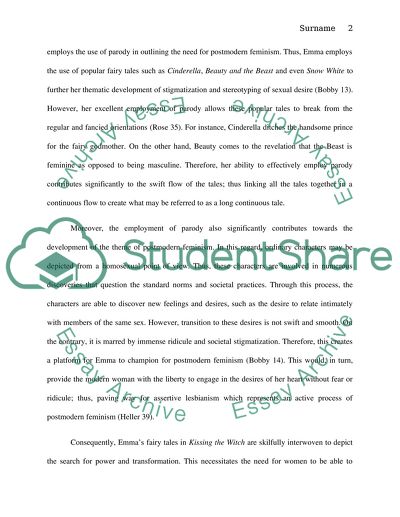Cite this document
(“Witches and Stepmothers in Kissing the witch Essay”, n.d.)
Retrieved from https://studentshare.org/literature/1455469-witches-and-stepmothers-in-kissing-the-witch-how
Retrieved from https://studentshare.org/literature/1455469-witches-and-stepmothers-in-kissing-the-witch-how
(Witches and Stepmothers in Kissing the Witch Essay)
https://studentshare.org/literature/1455469-witches-and-stepmothers-in-kissing-the-witch-how.
https://studentshare.org/literature/1455469-witches-and-stepmothers-in-kissing-the-witch-how.
“Witches and Stepmothers in Kissing the Witch Essay”, n.d. https://studentshare.org/literature/1455469-witches-and-stepmothers-in-kissing-the-witch-how.


